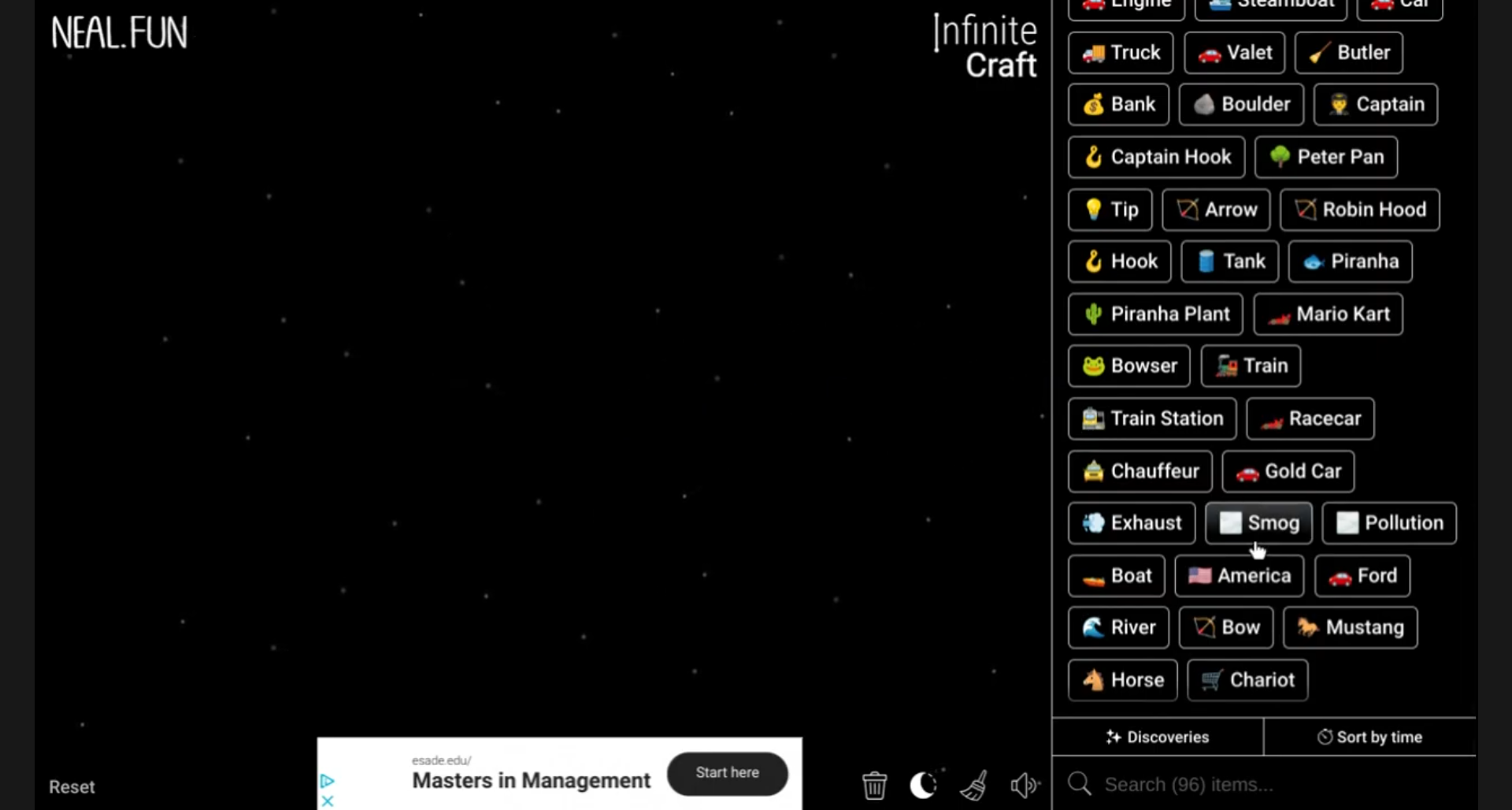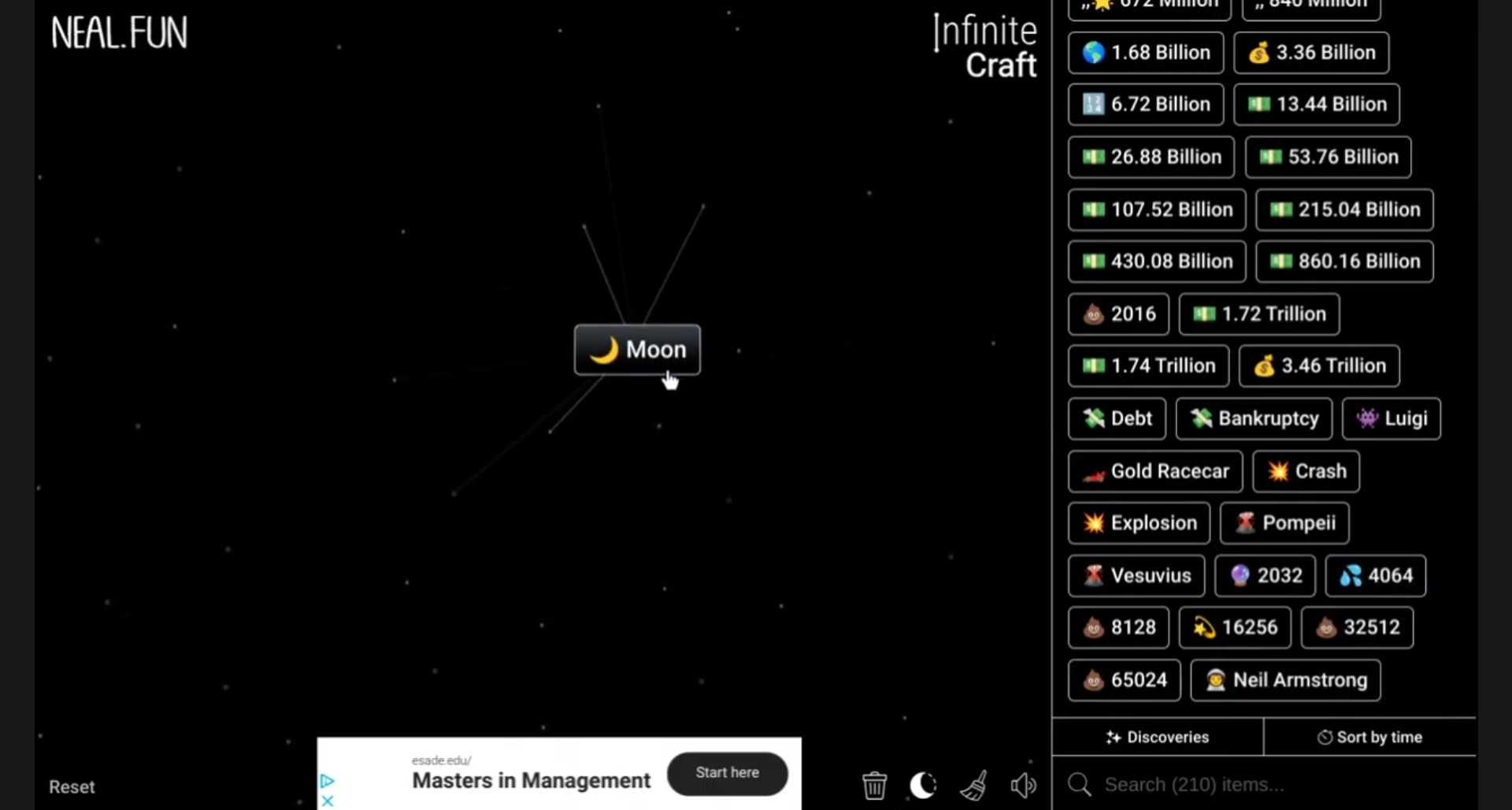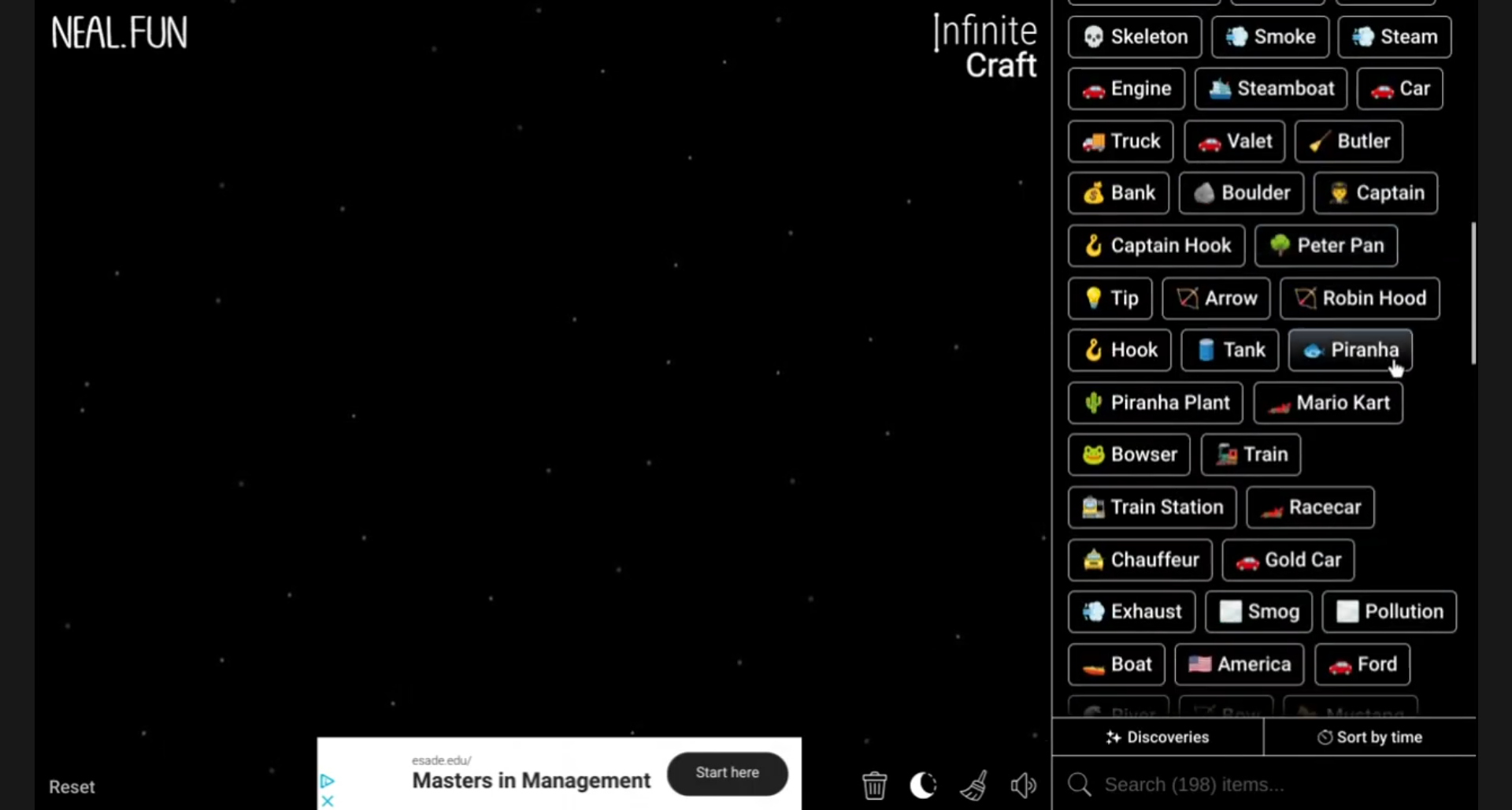Creating a detailed representation of celestial bodies is one of the most exciting features of the game Infinite Craft. As players dive into this unique sandbox environment, understanding how to make Venus in Infinite Craft opens the door to astronomical creativity and intricate planetary design. Not only does crafting planets enhance the overall experience, but it also allows players to explore their imagination, emulate real celestial mechanics, and share their fascinating creations with fellow enthusiasts.
To start our journey into how to create a Venus-like planet, we need to understand the core concepts associated with crafting planets in the game. Let’s dive in and unravel the mysteries of planetary design.
Understanding the Basics of Planet Creation
Game Mechanics
The foundation of any exciting project lies in the mechanics that dictate how it can be achieved. In Infinite Craft, planet creation is governed by a set of specific game mechanics that dictate everything from resource requirements to atmospheric properties. At the core of these mechanics is the availability of necessary resources for planet crafting, which include:
- Raw materials: Elements required for crafting include iron, carbon, and sulfur.
- Energy requirements: Crafting planets demands significant energy to simulate and maintain environmental stability.
- Advanced crafting tools: Utilizing crafting stations with advanced technology is essential for achieving complex designs.
Aiming to create an intricate design for Venus means paying attention to the specific features and conditions that define this fascinating planet.
Features of a Venus-like Planet
When embarking on how to make Venus in Infinite Craft, it is necessary to consider several features that replicate its unique characteristics:
- Atmospheric conditions: Venus is renowned for its thick atmosphere, primarily composed of carbon dioxide, with clouds of sulfuric acid.
- Terrain types: Create a variety of terrains including highland regions, vast plains, and rugged mountainous areas.
- Environmental effects: Simulate extreme conditions like high temperatures (around 900°F) and intense weather patterns.
- Visual aesthetics: Select colors and shapes that mimic the appearance of Venus, such as pale yellow and orange hues.

Gathering Resources
Essential Materials
The first step in successfully creating Venus involves gathering essential materials. Here’s a breakdown of the raw materials required to craft Venus:
| Material | Quantity Needed | Source Locations |
|---|---|---|
| Iron | 50 | Underground mines |
| Carbon | 30 | Forests and caves |
| Sulfur | 20 | Volcanic biomes |
Understanding where to procure these materials can save you a lot of time. Overworld sources, such as caves, forests, and volcanic regions, host these necessary components.
Utilizing Crafting Stations
To craft planets in Infinite Craft, the right tools are essential. Here are the types of crafting stations you will need:
- Basic Crafting Table: For initial crafting and combining raw materials.
- Advanced Crafting Bench: Necessary for more complex creations such as planetary cores and atmospheres.

When beginning, players should focus on upgrading **crafting stations** through resource investment. Make sure you gather additional materials to enhance your crafting capabilities as your project progresses.

Crafting the Venus Core
Core Characteristics
The core of Venus is pivotal to its existence in Infinite Craft. The planet core provides a stable foundation, which is vital for maintaining the planet’s atmospheric conditions and surface integrity.
In your endeavor to craft a strong core, remember that it serves as a gravitational anchor and influences the planet’s climate. A well-constructed core helps in simulating Venus’s extreme conditions.
Step-by-Step Recipe for the Venus Core
To create the Venus core, follow our step-by-step recipe below:
1. **Gather Materials**:
– 20 Iron
– 15 Carbon
– 5 Sulfur
2. **Crafting Instructions**:
– Place the needed quantities into the Basic Crafting Table.
– Select the core recipe from the menu.
– Once the crafting is complete, collect your Venus Core.
These guided steps will ensure that you craft a robust and efficient core for your Venus-like planet.
Designing the Planet’s Surface
Terrain Generation
Once the core has been established, the next step is designing the planet’s surface. To achieve the varied terrains seen on Venus, you will use methods for generating terrains such as:
- Mountains: Use the terrain generator to form rugged mountains.
- Valleys: Add expansive valleys between mountain ranges.
- Plains: Introduce flatlands for contrast.
Make sure to incorporate Venus-like features such as rocky surfaces and volcanic craters to add authenticity to your design.
Customizing the Atmosphere
Venus’s atmosphere is one of its defining features. To create a similar atmosphere:
- Creating thick atmospheres: Increase the atmospheric density through specific crafting items found in-game.
- Adjusting colors: Use darker shades such as orange and yellow for a dense visual impact.
- Adding weather patterns: Simulate raging storms using climate-influencing items.
It’s essential to remember that a well-crafted atmosphere enhances both the aesthetics and functionalities of your planet.
Finalizing Venus and Adding Details
Flora and Fauna
To breathe life into your Venus-like creation, consider integrating flora and fauna suitable for such an environment. Types of plant life might include:
- Thick vines: Mimicking the lush vegetation that could thrive in a humid atmosphere.
- Strange fungi: Add a mystical aspect with otherworldly mushroom species.
Imaginary creatures, such as flying beasts or unique reptiles, can further enhance the ecosystem, allowing players to engage with a more vibrant world.
Enhancing Planet Features
Creating detailed features will make your planet immersive. Consider the following aspects:
- Atmospheric effects: Create layered clouds to represent Venus’s thick atmosphere.
- Adding moons or rings: These decorative features add visual interest and depth to your design.
- Custom lighting effects: Adjusting the brightness and color can evoke the conditions one might expect when viewing Venus from space.
These enhancements work together to create a planet that feels alive and engaging.
Testing and Iterating on Your Creation
Quality Check
With your Venus planet crafted, it is now time to conduct a quality check. This step ensures that the planet’s stability is intact, and all features function as designed. Here are steps to follow:
1. **Inspect Atmospheric Functionality**: Ensure that the atmospheric density has effects, like pressure and temperature.
2. **Test Terrain Interactions**: Walk or fly across various terrains to check for glitches.
Taking the time to perform these checks will help guarantee a flawless experience when sharing with others.
Feedback and Improvements
Additionally, gathering player feedback provides valuable insights into enhancing your planet. Here are some options:
- In-game feedback: Ask fellow players for suggestions and observations.
- Community sharing options: If available, share your planet on forums or social media groups dedicated to Infinite Craft.
Continuous improvement ensures that your work remains dynamic and engaging over time.
Conclusion
Recapping our journey through how to make Venus in Infinite Craft emphasizes the importance of resource gathering, effective design, and iterative development. Players are encouraged to experiment with various features and techniques, to breathe life into their planets. As every creator has a unique vision, sharing those experiences with the community only enhances the creative landscape of Infinite Craft.
Additional Resources
Links to Tutorials and Forums
To deepen your knowledge and skills in Infinite Craft, consider exploring the following resources:
Frequently Asked Questions (FAQs)
- Q1: What materials do I need to create Venus?
- A1: You will need iron, carbon, and sulfur among other materials.
- Q2: How do I gather resources quickly?
- A2: Focus on specific biomes that are rich in the required materials.
- Q3: Can I share my planet with other players?
- A3: Yes, utilize community platforms to showcase your creations.
- Q4: How do I test my planet effectively?
- A4: Ensure all features work as intended, and check atmospheric conditions.
- Q5: What if I encounter glitches in my planet?
- A5: Revisit your crafting steps and ensure no components are conflicting.
- Q6: Is there a way to enhance my crafting stations?
- A6: Yes, gather additional materials to upgrade your crafting tools for advanced creations.